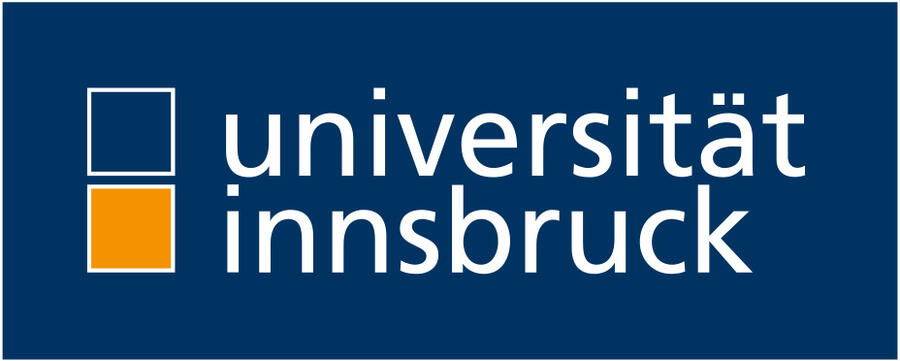University of Innsbruck

The University of Innsbruck is a public university. The University was founded in 1669 and is the biggest and most important research and education institution in western Austria, today comprised more than 27.500 students and more than 4.500 staff and faculty members. Located in the heart of the Alps, the University of Innsbruck offers the best conditions for successful research and teaching, and international rankings confirm the University’s leading role in basic research.
In such a productive environment 16 faculties provide a broad spectrum of programs in all fields of study. In order to promote international exchange in research and teaching, the University collaborates with numerous international research and education institution.
The University’s main mandate is to focus on research and development, teaching and continuing professional education and training. In all these fields its regional status is to be deepened and its high ranking in the European academic area is to be guaranteed. This is laid down in the Mission Statement of the University of Innsbruck. The University is committed to equality of opportunity for all staff and students, irrespective of gender, marital status, family status, age, disability, race, sexual orientation, and religious belief, and membership of the travelling community.
Founded in 1669, the University of Innsbruck looks back to a long and variable history. The University has always been a supporting pillar of the Tyrolean society and has influenced the region tremendously. The importance of its status as a research and educating institution can be seen in the numerous award winning alumni and current and former scientists teaching and researching at the University. Many scientific cutting-edge discoveries have been made at this institution.
Today the University comprises of 16 faculties and 78 institutes. For more information on the structure and size of the University visit our sites University in Numbers, Student Numbers and Organisational Structure. You find relevant numbers on last year’s performances at the Intellectual Capital site, and strategies and plans for the next few years at Development Plan. For finding the location of the various faculties, departments and other university institutions go to Maps and Directions. The site University Life gives you information on academic and cultural activities and events at the University.